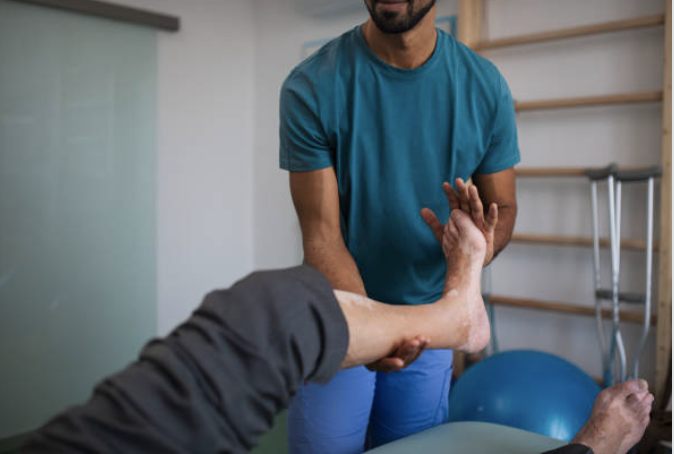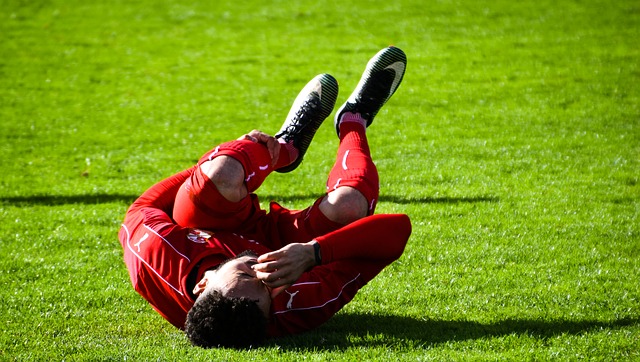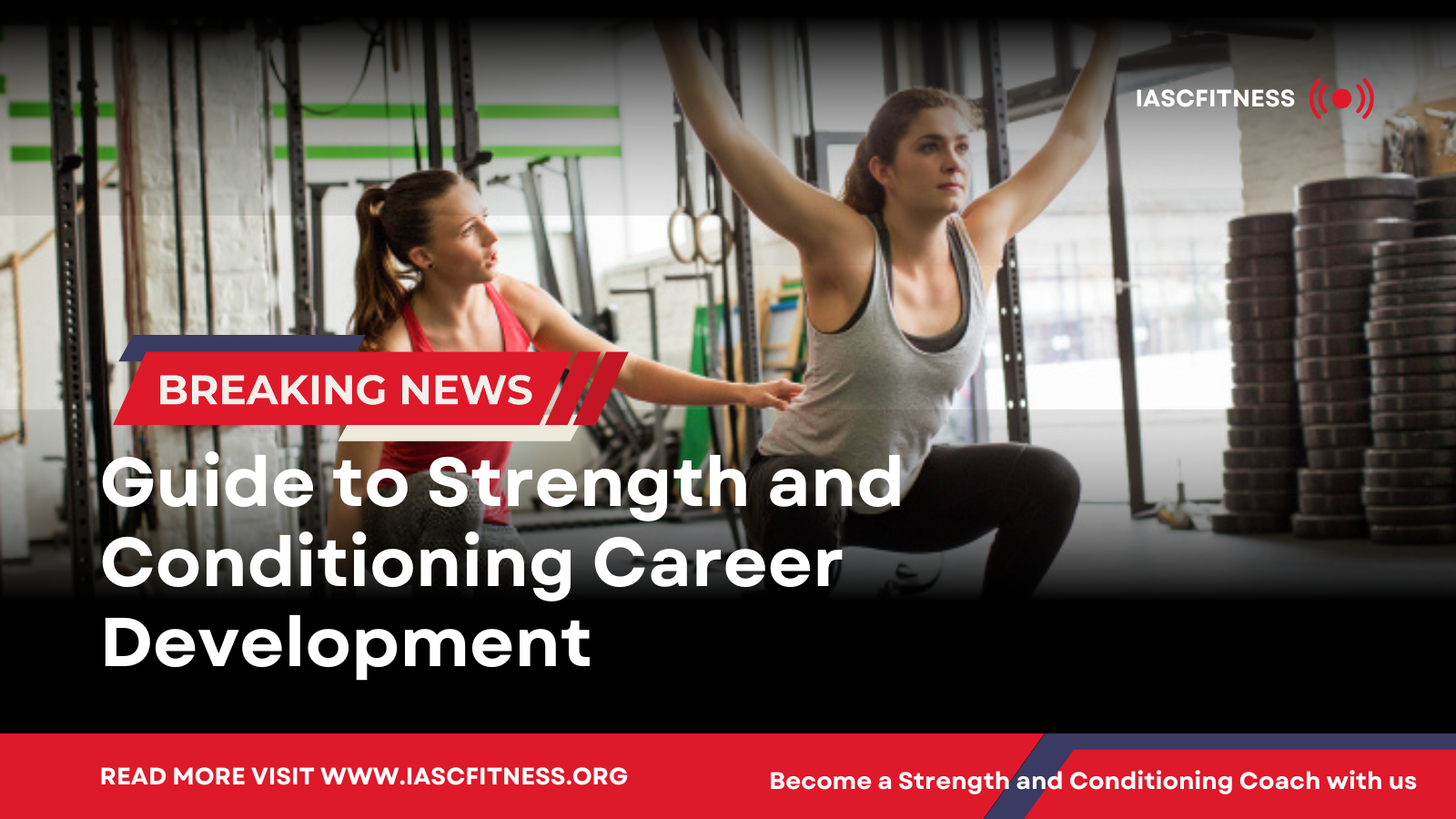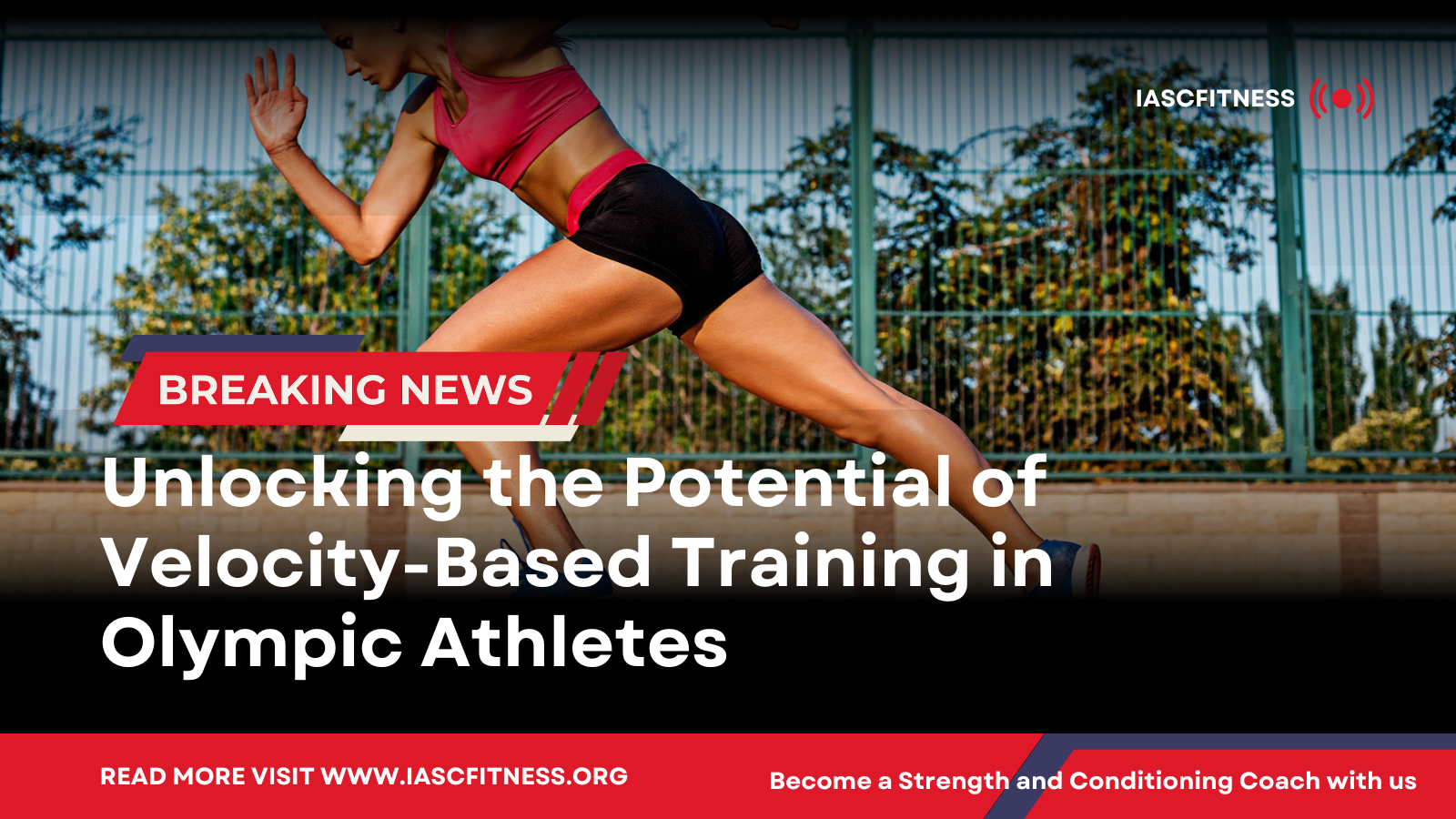WHAT IS EXERCISE-ASSOCIATED MUSCLE CRAMPING?
Few athletes escape the painful experience of muscle cramps at some stage during their sporting career. Cramps that occur during or soon after a bout of physical activity have been termed exercise-associated muscle cramps (EAMC), and these are commonly experienced as a “painful, spasmodic contraction of the skeletal muscle that occurs during or immediately after muscular exercise”
EAMC is defined as a syndrome of involuntary painful skeletal muscle spasms that occur during or immediately after physical exercise. It presents as localised muscle cramping that occurs spasmodically in different exercising muscle groups, usually the calf, hamstring, or quadriceps muscles. The calf muscles are the most commonly affected.
Risk Factors for Exercise‐Associated Muscle Cramp (EAMC)
Although EAMC has been observed in both training and competition in almost every type of sport, it does seem from the surveys cited above to be more associated with endurance-type activities and team sports. An analysis of the evidence of cramp among American football players showed that the great majority (95%) occurred during periods of hot weather: EAMC occurred most often during the first 3 weeks of practice, when fitness and acclimation levels are likely to be lowest and when the training load is often the highest.
Schwellnus and colleagues have made a number of attempts to characterise the primary risk factors predisposing to cramp in endurance events. Furthermore, Schwellnus suggested that EAMC in marathon runners is associated with high intensity, long duration, and hilly terrain, leading to ‘premature muscle fatigue’ in competitors with a history of cramping.
It founds that those suffering from cramps displayed the following characteristics:
1) Dehydration
2) Lowered concentration of sodium and chloride in blood plasma 3) Little or no sodium or chloride in the urine
4) Increased serum protein concentration
5) Increased red cell count
6) Normal osmotic pressure
Treatment and Prevention

Treatment
With multiple theories about the cause of EAMC, it is difficult to provide a single answer for a treatment or prevention strategy. Consequently, there are many interventions available for the treatment of muscle cramps. These treatment options include stretching of the affected muscle, decreasing exercise intensity, massage, thermotherapy, cryotherapy, sports drinks, salt and electrolytes, pickle juice, intravenous infusion, and transcutaneous electric nerve stimulation. Many of these treatment options are anecdotal or not supported by experimental research. EAMC can be viewed as the endpoint of a variety of pathways and different athletes may have different mechanisms leading to very similar- appearing EAMC. Therefore, a treatment that works for one athlete may not be effective for others.
Prevention
The pathophysiology causing EAMC is most likely multifactorial and complex. As such, the prevention of EAMC will need a multifactorial approach. EAMC that occurs in hot conditions seems to be prevented by maintaining fluid and salt balance. Monitoring an athlete’s body mass is an easy method of ensuring adequate fluid replacement. Both the National Athletic Trainers’ Association and the American College of Sports Medicine recommend a volume of fluid that allows for less than a 2% body mass reduction from training or competition. An athlete who ingests a liter of water or hypotonic sports drink at least 1 hour before competition can be confident that the majority of the fluid, electrolytes, and nutrients would be absorbed and become available in the body when the competition begins. Additionally, fluids should be available and easily accessible throughout practices and competitions. Athletes with high sweat rates and sodium loss or who have a history of EAMC may need to consume supplemental sodium during prolonged activities to maintain salt balance and increase daily dietary salt to 5-10 g∙day-1 when sweat losses are large. This is especially important during the heat acclimatization phase of training. Bergeron demonstrated that by calculating sweat sodium losses and replacing them during and after activity, two athletes with previously debilitating EAMC were able to compete successfully in hot conditions.
References:
- Cooper E, Ferrara M, Broglio S. Exertional heat illness and environmental conditions during a single football season in the Southeast. J Athl Train. 2006;41:332–6.
- Schwellnus MP. Muscle cramping in the marathon: aetiology and risk factors. Sports Med. 2007;37:364–7.
- Bergeron MF (2003) Exertional heat cramps. In: LE Armstrong, Exertional Heat Illnesses. Human Kinetics, Illinois, USA, 91-102.
- Bergeron MF (1996) Heat cramps during tennis: a case report. Int J Sport Nutr 6: 62-68.
- American College of Sports Medicine, Armstrong LE, Casa DJ, et al. (2007) American College of Sports Medicine position stand. Exertional heat illness during training and competition. Med Sci Sports Exerc 39: 556-572.
- Binkley H, Beckett J, Casa D, et al. (2002) National Athletic Trainers’ Association position statement: exertional heat illnesses. J Athl Train 37: 329-343.







